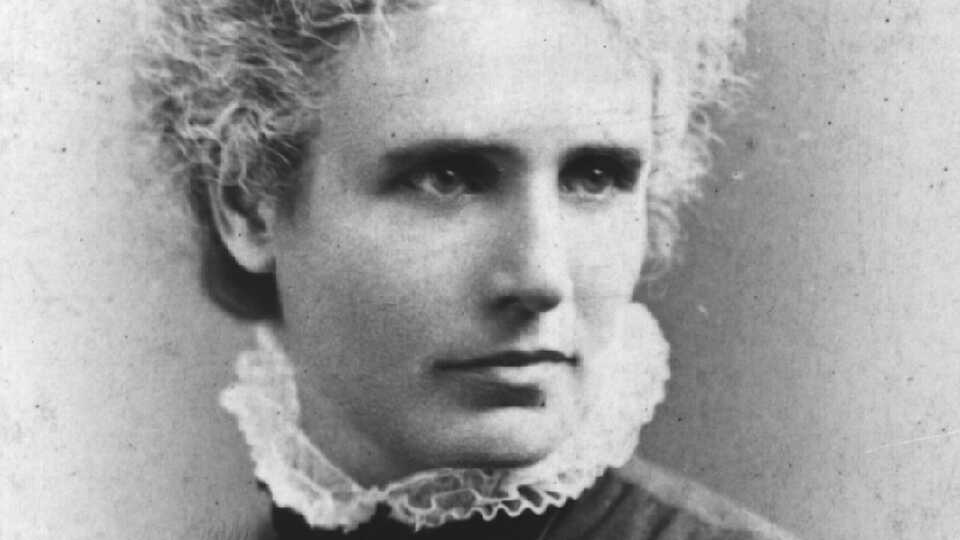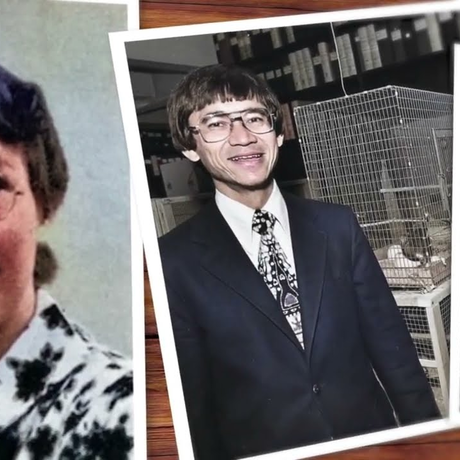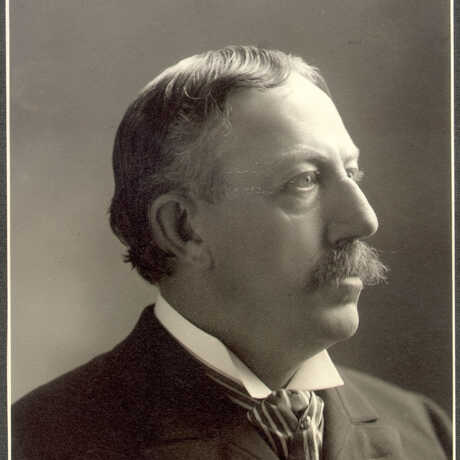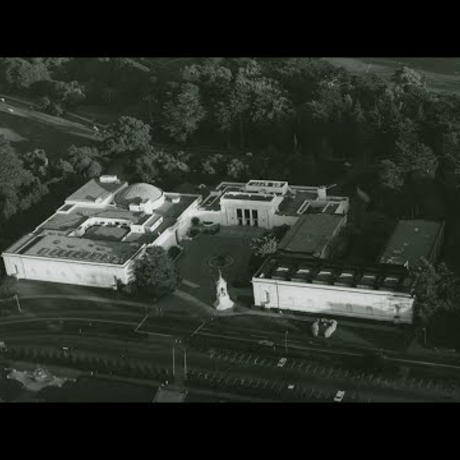Founded in 1853, the Academy Library is a research library devoted to natural history and the natural sciences. Explore our extensive collections, including rare books, serials, maps, and photography.
Born in western Tennessee, Mary Katharine Brandegee (née Layne) was introduced to the natural world at a young age. With her father’s desire to venture westward, Brandegee spent her youth traveling to Salt Lake City, UT, Carson City, NV, and finally to El Dorado County, CA. In 1875, at the age of 31, Brandegee moved to San Francisco, where she enrolled at the University of California to study medicine. Brandegee received her medical license, three years after enrolling in her university. However, even after earning her degree she wasn’t able to establish a successful practice, as potential clients refused her services because she was a woman. Departing from her medical practice, Brandegee received mentorships from her former professor and vice president of the California Academy of Sciences in San Francisco, Dr. Hans Herman Behr. Together they studied botany, and Behr introduced Brandegee to other members of the California Academy of the Sciences.



